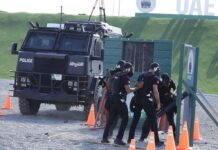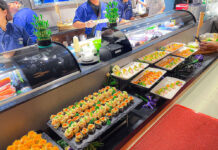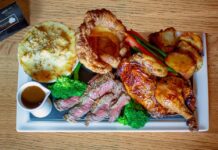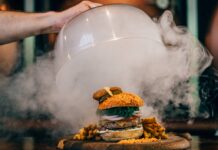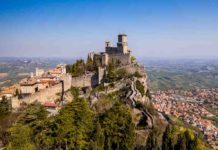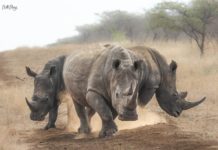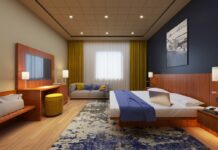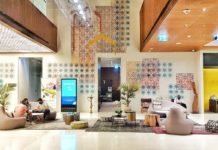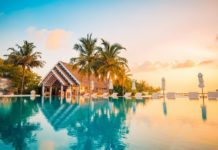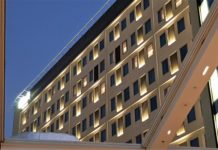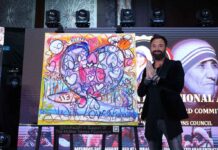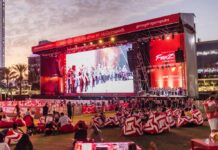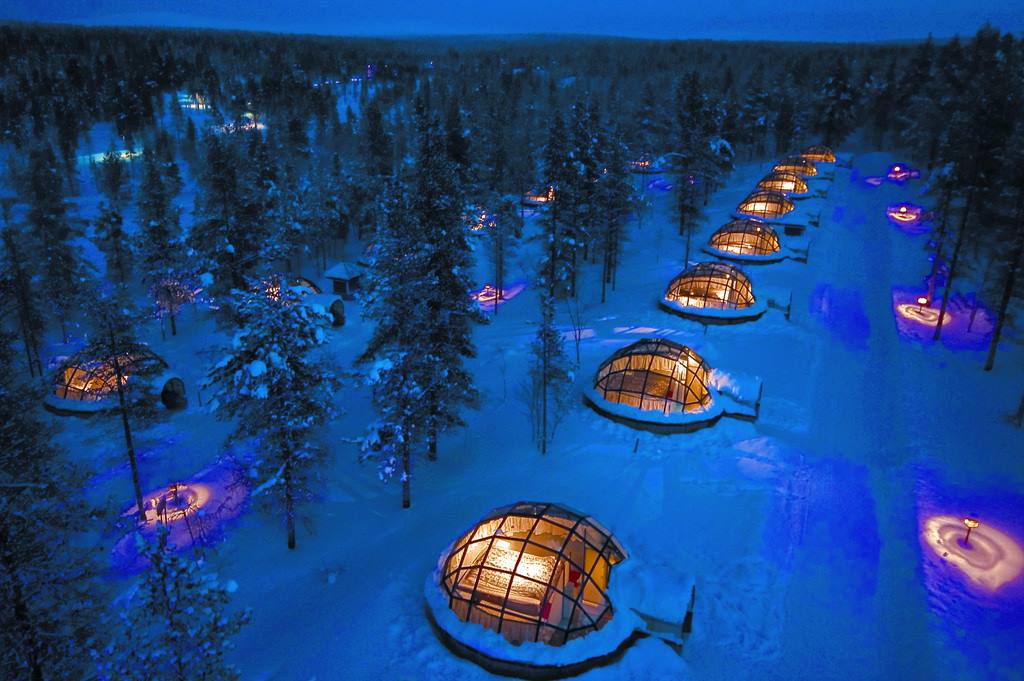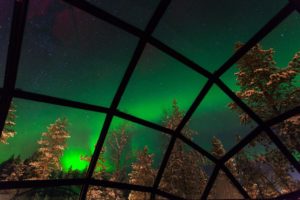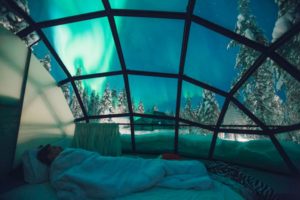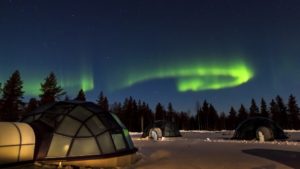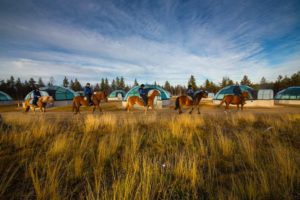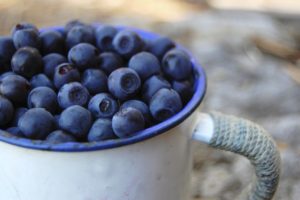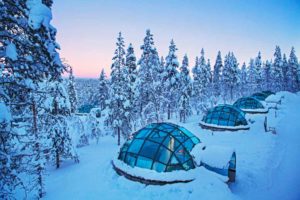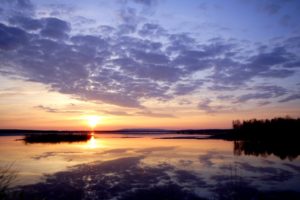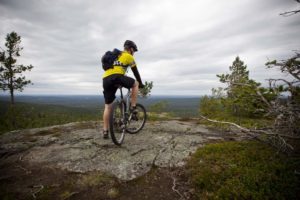Kakslauttanen- The History
In the summer of 1973, Jussi Eiramo was on a fishing trip in Utsjoki, Finland’s northernmost village. He was just beginning his return trip when his car ran out of petrol – in the wilderness, miles from anywhere. Jussi had no choice but to camp out by the road and wait for help to arrive. This area was called Kakslauttanen. For some inexplicable
reason, Jussi felt like he had come home. He didn’t want to go back to the south, so he spent his first summer in a tent by the road.
By the second year, a small cabin had been erected on the site, and Jussi opened a café to serve passersby on their way to the North Cape. Little by little, year after year, Kakslauttanen has grown to become Finland’s most internationally renowned travel business. To this day, Jussi is still very much involved in the everyday running of the
resort. By the way, Kakslauttanen is the name of the area the resort is built in and the translations would be “two reindeer meat storages”.
ACCOMMODATION – SLEEPING UNDER THE NORTHERN LIGHTS
The home of the iconic Glass Igloos, unique Kelo-Glass Igloos and much more.
The iconic Glass Igloos – there’s no better place to see the Northern Lights
Kakslauttanen is one of the best places in the world to wonder at the magical glow of the Northern Lights. Up there the season is an incredible eight months long, from late August until late April. As long as it’s dark and the skies are clear, there’s always a chance to marvel at the miraculous aurora.
What makes Kakslauttanen so special is that you can enjoy the most amazing viewing experience from their iconic Glass Igloos. The story of the igloos, now a global
phenomenon, originated when their owner, Jussi Eiramo, wanted to give his guests the chance to admire the spellbinding glow of the Northern Lights and the arctic sky from the comfort of their own beds. He designed a prototype, the first igloos were built in 1999, and the rest is history.
The igloos are made of thermal glass, so even though it might be icy cold outside, inside it’s always deliciously warm. With no city lights to spoil the view, you can simply lie back and enjoy nature’s very own firework display. Even without the Northern Lights making an appearance, a night under the arctic sky is still an unforgettable experience.
SEASONS – FROM MIDNIGHT SUN TO THE POLAR NIGHT
In Lapland, there are four distinct seasons, each with its own unique set of miraculous experiences to enjoy. The seasons range from the extremes of Polar Night, when the sun doesn’t rise for weeks and the temperatures can hover around -300C, to the nightless summer, when the sun never sets. There are few other places on earth where you can
experience such contrast.
Autumn – the Northern Lights and nature’s bounty
Autumn is a marvellous time for observing the Northern Lights, with the season starting around 24th August when the nights get dark again. That is also when they open the Glass Igloos and Kelo-Glass Igloos for their guests. Autumn is the perfect time for hiking and other outdoor activities which include everything from horseback riding to gold panning.
For roughly the first three weeks of September, nature is ablaze in the colours of “Ruska”, a Finnish word for the season of autumn leaves and autumnal colours. From August to October, the forests are filled with mushrooms and berries.
Due to the high exposure to sunlight in a short period of time, the region’s berries and mushrooms are both tasty and packed with vitamins. Travellers are free to help themselves to the natural treats provided by the forest and wetlands.
Winter – pure snow, soothing silence and Northern Lights
Up north, the winter is long and enchanting. There’s snow on the ground from about mid-November until the end of April. In the heart of winter, from December to February, trees sag under the weight of the snow and there is little daylight. From early December until mid-January they even have the Polar Night, when the sun stays below the horizon
for six weeks. However, rather than it being pitch black outside, there’s a magical glow reflecting from the pure snow, which creates a unique light.
In January and February, at sunrise and sunset the sky is painted with incredible shades of pink and purple, and just before the darkness arrives everything turns into a fairy-tale shade of blue. When the darkness settles, it creates the perfect canvas for the Northern Lights, framed by the thick layer of snow wrapping the viewer in a soft soothing silence.
Spring – the joys of winter continue as nature awakens
During spring, all the winter activities are still available but the days quickly grow longer. In March and April there are long hours of daylight and the brightness is intensified by the white snow. What could soothe the soul more than cross-country skiing on densely packed snow, or going for a reindeer sleigh ride in the crisp, bright spring sunshine?
What’s more, the Northern Lights can be seen right up until late April. In May Kakslauttanen is closed as nature transitions from spring to summer.
Summer – unforgettable experiences under the Midnight Sun
Summer brings about an almost surreal feeling, when the Midnight Sun lights up the sky 24 hours a day. Between mid May and early August, the sun never sets, but this doesn’t mean scorching heat; rather, the weather is perfect for outdoor activities in the arctic landscape, which is filled with energy during the summer. Hiking, horseback riding or
quad biking in the middle of the night under the glow of the Midnight Sun is an experience that will stay with you forever.
The Northern Lights or Aurora Borealis
The Northern Lights or Aurora Borealis is one of the most fascinating natural phenomenon on the planet. The bright dancing lights of the Aurora are actually collisions between electrically charged particles from the sun that enter the earth’s atmosphere. The lights can be seen above the magnetic poles of the northern and southern hemispheres. Kakslauttanen is one of the best places in the world to see the nature’s most spectacular light show. The Glass Igloos and Kelo-Glass Igloos provide the best possible viewing experience from the comfort of your own bed. Also, they provide various evening excursions where you can hunt for the Auroras in a reindeer, husky or horse sled or by riding a snowmobile or a quad bike.
Unfortunately the resort cannot guarantee that you will see them – but they can give a few tips on how to maximise your chances. The Northern Lights can be seen from late August until late April, usually starting around midnight and making their way across the whole sky. They can last for five minutes or they can last the whole night. So, if you are not staying in a Glass Igloo or a Kelo-Glass Igloo, you can and should go outside when it gets dark –just remember to put on warm clothes.
There is an online service from the Finnish Meteorological Institute that has real-time information and forecasts for the Northern Lights at http://Aurora.fmi.fi/public_service/
Seasons (all are approximate and subject to weather and natural fluctuations)
Midnight Sun season: beginning of June to end of July
Northern Lights season: late August to end of April
“Ruska” – autumn leaves season: early to mid September
Snow: mid November to end of April
The resort is closed throughout May
Average length of day:
Early January: Polar Night – no sunrise
Early February: sunrise 9.30am, sunset 3.30pm
Early April: sunrise 6.30am, sunset 8.30pm
Early June: Midnight Sun – no sunset
Early August: sunrise 3.30am, sunset 11pm
Early November: sunrise 8.30am, sunset 3.30pm
Average temperatures (average):
January: -15°C / 5°F
April: -3°C / 26°F
July: 15°C / 59°F
September: 6°C / 42°F
November: -5°C / 23°F
All the images used in this article are courtesy of http://www.kakslauttanen.fi/






